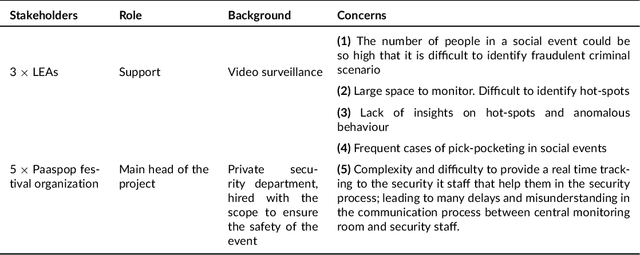Willem-Jan van den Heuvel
Recursive Self-Similarity in Deep Weight Spaces of Neural Architectures: A Fractal and Coarse Geometry Perspective
Mar 18, 2025Abstract:This paper conceptualizes the Deep Weight Spaces (DWS) of neural architectures as hierarchical, fractal-like, coarse geometric structures observable at discrete integer scales through recursive dilation. We introduce a coarse group action termed the fractal transformation, $T_{r_k} $, acting under the symmetry group $G = (\mathbb{Z}, +) $, to analyze neural parameter matrices or tensors, by segmenting the underlying discrete grid $\Omega$ into $N(r_k)$ fractals across varying observation scales $ r_k $. This perspective adopts a box count technique, commonly used to assess the hierarchical and scale-related geometry of physical structures, which has been extensively formalized under the topic of fractal geometry. We assess the structural complexity of neural layers by estimating the Hausdorff-Besicovitch dimension of their layers and evaluating a degree of self-similarity. The fractal transformation features key algebraic properties such as linearity, identity, and asymptotic invertibility, which is a signature of coarse structures. We show that the coarse group action exhibits a set of symmetries such as Discrete Scale Invariance (DSI) under recursive dilation, strong invariance followed by weak equivariance to permutations, alongside respecting the scaling equivariance of activation functions, defined by the intertwiner group relations. Our framework targets large-scale structural properties of DWS, deliberately overlooking minor inconsistencies to focus on significant geometric characteristics of neural networks. Experiments on CIFAR-10 using ResNet-18, VGG-16, and a custom CNN validate our approach, demonstrating effective fractal segmentation and structural analysis.
Internet-of-Things Architectures for Secure Cyber-Physical Spaces: the VISOR Experience Report
Apr 01, 2022



Abstract:Internet of things (IoT) technologies are becoming a more and more widespread part of civilian life in common urban spaces, which are rapidly turning into cyber-physical spaces. Simultaneously, the fear of terrorism and crime in such public spaces is ever-increasing. Due to the resulting increased demand for security, video-based IoT surveillance systems have become an important area for research. Considering the large number of devices involved in the illicit recognition task, we conducted a field study in a Dutch Easter music festival in a national interest project called VISOR to select the most appropriate device configuration in terms of performance and results. We iteratively architected solutions for the security of cyber-physical spaces using IoT devices. We tested the performance of multiple federated devices encompassing drones, closed-circuit television, smart phone cameras, and smart glasses to detect real-case scenarios of potentially malicious activities such as mosh-pits and pick-pocketing. Our results pave the way to select optimal IoT architecture configurations -- i.e., a mix of CCTV, drones, smart glasses, and camera phones in our case -- to make safer cyber-physical spaces' a reality.
 Add to Chrome
Add to Chrome Add to Firefox
Add to Firefox Add to Edge
Add to Edge